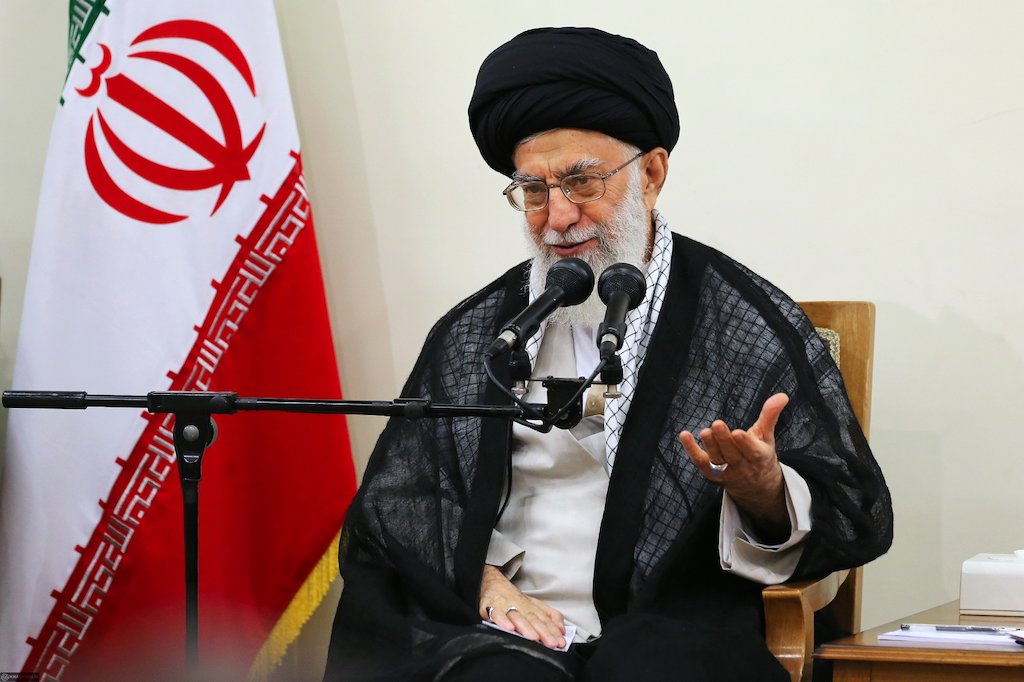By MMNN Foreign Desk | June 19, 2025
As Iran confronts mounting pressure over its regional activities and nuclear ambitions, speculation has emerged about the extent and nature of support it receives from countries like Turkey, China, Russia, and Pakistan. While some rumors suggest military and technological assistance — including help in countering drone attacks — the reality is more nuanced and largely constrained by geopolitics.
Diplomatic Alignment Without Military Teeth
Iran has reportedly cultivated ties with Turkey, China, Russia, and Pakistan. Each of these countries has expressed varying degrees of diplomatic support, especially in calling for de-escalation in the Middle East and defending Iran’s right to self-determination. However, their actual military involvement on Iran’s behalf appears limited.
- Russia, despite being rhetorically aligned with Iran, remains deeply entangled in Ukraine and faces significant international sanctions. Its current global position limits any capacity to offer direct military aid to Iran.
- Turkey, a NATO member, has publicly condemned Israeli operations in Gaza. However, as a NATO ally and regional actor walking a tightrope between Western and Eastern alliances, Ankara has avoided direct military involvement, likely to preserve its strategic interests and economic ties with Western partners.
- China and Pakistan maintain close ties with Iran, with Beijing providing economic investment and Islamabad sharing cultural and defense ties. Yet neither has extended open military support, choosing instead to call for restraint and dialogue.
The Arab Factor and U.S. Military Bases
Iran’s leadership recently accused Arab states hosting U.S. military bases of complicity with American plans against Iran. However, Iran’s rhetorical pressure has not translated into tangible influence. Gulf Arab nations, including Saudi Arabia and the UAE, have reaffirmed their security partnerships with Washington, prioritizing stability and economic development over confrontation.
While Tehran hopes to incite Arab public outrage against their governments, the broader Arab population appears largely disengaged from any strong anti-U.S. or pro-Iranian mobilization. The Iranian attempt to frame this as a betrayal of pan-Islamic solidarity has so far failed to gain traction.
Conclusion: More Talk Than Troops
Despite vocal support and shared opposition to Western interventionism, Iran’s strategic allies stop short of offering military muscle. Russia is overstretched. Turkey is constrained by NATO membership. China is cautious about destabilizing its global trade interests. Pakistan avoids becoming a flashpoint in Sunni-Shia rivalries.
In summary, Iran stands diplomatically less isolated but militarily unsupported. Tehran’s attempts to pressure Arab governments and galvanize pan-Islamic solidarity have shown limited results. Ultimately, any escalation into open conflict with the U.S. would see Iran facing significant strategic and military disadvantages, with no guaranteed backing from its supposed allies.
There is credible evidence that Iran has been receiving military support—but primarily from China, Russia, and Pakistan, rather than Turkey. Here’s a breakdown based on reliable sources:
1. China–Iran Military Cooperation
- China has been quietly supplying Iran with technology and components for both missiles and drones:
- Missile-grade chemicals: In 2025, two Iranian ships docked in China carried sodium perchlorate—a key ingredient for ballistic missile propellant—enough to produce hundreds of mid-range missiles forbes.com+2euromaidanpress.com+2reddit.com+2wsj.com.
- Missile-building tech & factories: China also shared steel, control systems, and set up facilities that enabled Iran to domestically build missiles and drones .
2. Direct Iran–Russia Transfers
- Iran has actively supplied hundreds of ballistic missiles (Fateh-110 and Zolfaghar) to Russia since early 2024—a move confirmed by Reuters reuters.com+1en.wikipedia.org+1.
3. Pakistan–Iran Defense Ties
- The two countries have a history of military cooperation, dating from 1960s arms transfers and joint operations in Balochistan:
- They currently conduct joint defense exercises and have collaborated on security matters through platforms like the Shanghai Cooperation Organisation apnews.com+9en.wikipedia.org+9en.wikipedia.org+9en.wikipedia.org.
- In 2025, Iran’s leadership even suggested Pakistan might contemplate a nuclear response if Iran were attacked by another nuclear-armed country—though Pakistan officially denied supplying such guarantees en.wikipedia.org+1businesstoday.in+1.
4. Ukraine Conflict — Iranian Drones & Chinese Parts
- Iranian-made Shahed drones (e.g., Shahed‑136/129) are documented being used by Russia in Ukraine. Western and Ukrainian evidence shows:
- Iran is supplying Russia with these drones, and China plays a key role in supplying parts en.wikipedia.org+9voanews.com+9aljazeera.com+9.
- Russia has deployed Iranian drone experts in Crimea to assist with drone operations dawn.com+6washingtonpost.com+6euromaidanpress.com+6.
5. Turkey? No Clear Evidence
- There is no verified proof of Turkey supplying Iran militarily. Although some reports suggest Turkish combat drones (like Bayraktar) were used by Pakistan, they do not confirm Turkey has supported Iran .
Summary
| Support From | Nature | Evidence |
|---|---|---|
| China | Missile chemicals, drone parts, tech support | Confirmed by WSJ, Reuters, Wikipedia |
| Russia | Receives missiles, drones from Iran | Confirmed by Reuters |
| Pakistan | Longstanding cooperation; exercise/training; disputed claim of nuclear support | Wikipedia |
| Turkey | No credible evidence of support to Iran | Reports relate to other contexts |
Conclusion
- China and Pakistan are indeed supporting Iran with significant military and dual-use technology.
- Iran is actively, verifiably supplying drones and missiles to Russia, including for use in Ukraine.
- There is no reliable proof of Turkish support to Iran in recent years.
So while some rumors may stem from broader geopolitical alliances or wishful thinking, the facts support a deeper Iran–China–Russia–Pakistan axis, not necessarily involving Turkey.





